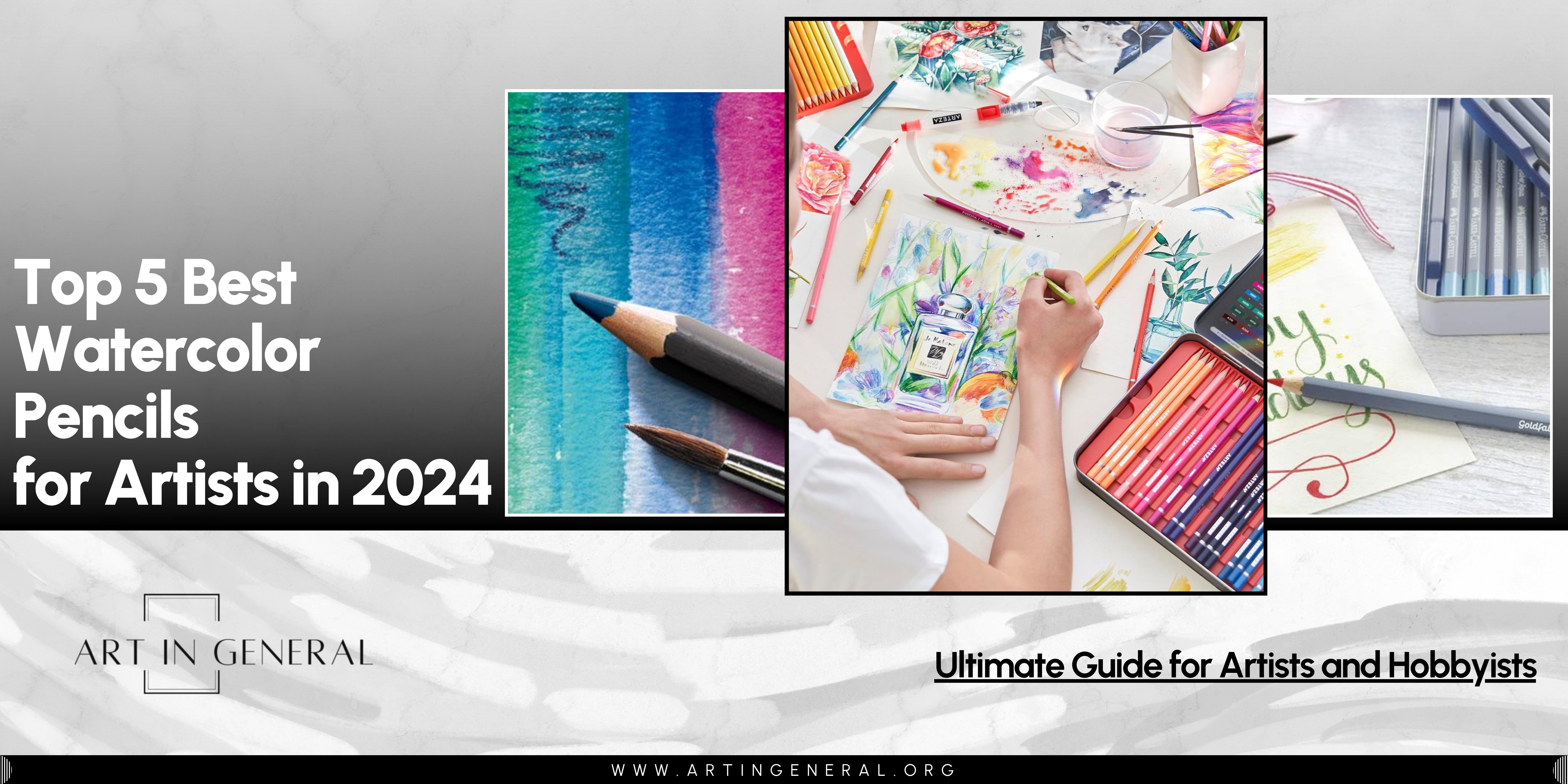
Are you looking to elevate your watercolor game, try a new medium or simply try new coloring techniques? Well, then watercolor pencils might be just what you need. These amazing art supplies combine the comfort, control and precision of coloring pencils with the fluid, translucent nature of watercolors, allowing you to transform your art by simply adding water.
While having water soluble pencils is the best, not all of them are created equal, the pigment quality, solubility, permanence, and color range can vary significantly from brand to brand, and with so many different options in the market, choosing the best for you can be a bit of a challenge. That’s why in this guide we’re going to learn more about watercolor pencils, from their characteristics to the different brands, sets, and prices, highlighting some of the best brands in the market today for different projects and budgets. Let’s get started.
What Are Watercolor Pencils?
Watercolor Pencils are coloring pencils that are made with a water-soluble binder instead of an oil or wax binder like traditional pencils. This allows the pigment in watercolor pencils to easily dissolve when mixed with water, allowing artists to create watercolor-like effects in their work.
How Do Watercolor Pencils Work?
Watercolor pencils work as traditional pencils when dry, and as watercolor paint when wet.
Apply them directly on the paper, dry as if they were regular pencils, layer colors to build depth and detail.
After drawing, use a brush applying water to the pencil strokes, you’ll be able to watch the pigment dissolve, creating a watercolor effect on your drawings. You can also blend colors, mix new colors by combining pigments and change the color opacity by adjusting the amount of water in your brush.
Once you’re done applying the colors, and your paper is completely dry, use your pencils to work on details, or to add texture and dimension.
How to Choose The Best Watercolor Pencils
Pigment Quality
Pigment quality refers to the characteristic of the pigment used in the fabrication of most art mediums, and is a key factor to look for when shopping for art supplies as it determines the richness and intensity of the color, the permanence of it and the consistency of the application. High quality pigments are bright, and produce very saturated colors, they blend more smoothly, provide even coverage and don’t leave streaks, and while this might not be the most important factor for beginners, it is a crucial one for experienced artists looking for the best.
Blendability
Many coloring pencils are advertised as watercolor pencils, being only slightly soluble in water and barely blendable. Others are made with dyes instead of pigment, making them soluble but not re-workable or forgiving, others leave a lot of residue on the paper, which gives your work a bad aspect and makes it even harder to blend. Look for watercolor pencils with good reviews that praise their solubility and blendability, and if possible, aim for the ones made with pigment-based cores instead of dye-based cores.
Color Range
Color range stands for the number of colors and variety of hues present in a set or offered by a brand. Not every brand is capable of holding a broad color range, and sets that include more colors are always more expensive. While a limited color range is great to learn color mixing and color theory, the more colors you have, the more shades you’ll be able to match easily and precisely. Ensure the set you go for has a balanced mix of primaries (modern and classic if possible), secondary and tertiary colors. Stay away from specialty colors like pastels, neons, and metallics unless you want to try them for a specific purpose, since they’ll only increase the price and you won’t be able to use them as often.
Lightfastness
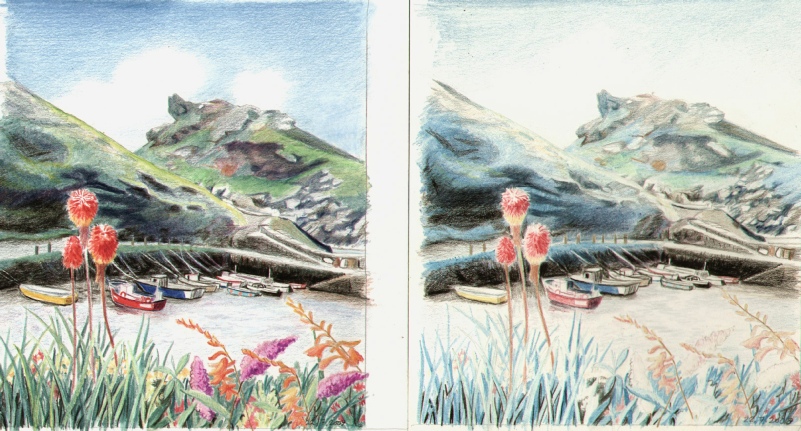
Image via: Colored Pencil Topics
Lightfastness refers to the ability of a pigment to resist fading when exposed to light over some period of time, and while this has a lot to do with the quality of the pigment, it also depends on the binder and making process. High quality brands undergo a strict testing process to guarantee the lightfastness of their products, which is then rated by a regulated organization. These ratings are given to the brand and can go from I to VI, where I is excellent resistance to fading and VI is poor resistance or volatile pigment. High quality brands will state their individual lightfastness ratings on their packaging, website or brochure included with the product, while brands that haven’t tested their products or that have poor ratings will not disclose this information. If you’re planning on having your work exhibited or sold to a client, make sure you’re working with lightfast materials.
Price
There are affordable sets that provide good quality for beginners, students and hobbyists working on a limited budget, however while the pigments might be intense, they’re probably not accurate or lightfast, so make sure you don’t use them for professional work. Professional grade pencils are always expensive, but they offer good craftsmanship, amazing quality and great lightfastness, which is crucial for professional work. If you’re on a budget you can try to go for a smaller set that covers the basics and then build on it as time goes and your skills grow.
Top Watercolor Pencils in the Market Today
- Best Watercolor Pencils Overall — Faber-Castell Albrecht Durer
- Best Professional Watercolor Pencils — Caran d’Ache Museum Aquarelle
- Best Budget Watercolor Pencils — Faber-Castell Goldfaber Watercolor Pencils
- Best Watercolor Pencils for Beginners — ARTEZA Watercolor Colored Pencils
- Best Watercolor Pencils for Illustrators — Prismacolor Watercolor Pencils
1. Best Watercolor Pencils Overall — Faber-Castell Albrecht Durer

View Prices
About Faber-Castell Albrecht Dürer Watercolor Pencils
When looking for the best watercolor pencils that provide pigment intensity, lightfastness and amazing blendability for a fair price, the Albrecht Durer watercolor pencils are the obvious choice. These pencils are made with excellent quality pigments, and have proven to be the easiest to use, dissolving easily with water and blending smoothly with other colors.
These pencils have the best color range and are sold in sets of 12 to 120, and are also sold separately for those who want to build their own custom set or for those on a budget.
The Albrecht Durer watercolor pencils also have great lightfastness, making them ideal for professional work, and although the price is on the expensive side, the smaller sets offer great value and are much more affordable for beginners and artists on a budget.
What makes them great:
- Pigment Quality: Very high quality pigment.
- Our Score: 9/10
- Color Range: 120 Colors.
- Our Score: 9/10
- Lightfastness: Very High Lightfastness.
- Our Score: 9/10
- Price: $46.78
- Our Score: 8/10
Pros
- Rich pigment quality
- Excellent solubility
- Durable pencils
Cons
- High cost
- Limited indivual units availability
View Prices
2. Best Professional Watercolor Pencils — Caran d’Ache Museum Aquarelle

View Prices
About Caran d’Ache Museum Aquarelle
Caran d’Ache is one of the best brands when talking about coloring pencils, and their professional watercolor pencils line, the Museum Aquarelle is no different. These pencils are ideal for artists looking for the best in the watercolor world, be it pigment quality, color intensity or durability, there is almost no match for these pencils.
One of the best characteristics that differentiate them from other brands is the pigment accuracy and intensity, they are also highly soluble, to the point you can use the tips as you would use watercolor pans to create very smooth and consistent washes.
These pencils are designed with a thick core that is very resistant to breaking, they are also very lightfast, making them ideal for works that are meant to be exhibited or sold. On the downside, they are very expensive, which makes them inaccessible to beginners or artists on a budget, and while they are also sold individually, the individual prices are also very high.
What makes them great:
- Pigment Quality: High quality pigment.
- Our Score: 8/10
- Color Range: 100 Colors.
- Our Score: 8/10
- Lightfastness: High Lightfastness.
- Our Score: 8/10
- Price: $55.56
- Our Score: 9/10
Pros
- Superior color intensity
- Very water soluble
- Lightfast colors
Cons
- Very expensive
View Prices
3. Best Budget Watercolor Pencils — Faber-Castell Goldfaber Watercolor Pencils

View Prices
About Faber-Castell Goldfaber Watercolor Pencils
Faber-Castell has a student grade line that is aimed at art students and hobbyists, which doesn’t sacrifice quality, pigment intensity and is very affordable, called the Gold Faber. This is a variation of the Creative Studio Line they had a few years ago, but very much improved in terms of quality while keeping the affordability factor. The GoldFaber Aqua are known for their vibrant colors, smooth application, and excellent solubility, while they feel slightly different compared to more expensive Faber-Castell lines due to the wax-based core, they are very similar in performance and quality. The color range is smaller compared to the professional line, but still varied enough for beginners, students and art enthusiasts.
What makes them great:
- Pigment Quality: High quality pigment.
- Our Score: 8/10
- Color Range: 120 Colors.
- Our Score: 9/10
- Lightfastness: High Lightfastness.
- Our Score: 8/10
- Price: $34.95
- Our Score: 9/10
Pros
- Affordable price
- Good pigment load
- Easy to blend
Cons
- Less vibrant colors
- Softer leads wear fast
View Prices
4. Best Watercolor Pencils for Beginners — ARTEZA Watercolor Colored Pencils

View Prices
About ARTEZA Watercolor Colored Pencils
Arteza is the go-to brand for artists looking for quality, affordability and variety, they have put the focus on making art supplies that offer great value for a fair price and this watercolor pencil set is not the exception. It has a great color variety, offering 72 different colors for less than $0.50 per piece. The pigments are very intense and dissolve well in water. They are made to last, with a break-resistant core and an hexagonal barrel to avoid rolling and for easy sharpening, perfect for beginners and for artists who want to explore watercolor techniques without a significant investment. While they may have some limitations in lightfastness and color smoothness, their vibrant colors and durability make them a great choice for both casual and serious artists.
What makes them great:
- Pigment Quality: High quality pigment.
- Our Score: 8/10
- Color Range: 120 Colors.
- Our Score: 9/10
- Lightfastness: Medium Lightfastness.
- Our Score: 7/10
- Price: $39.33
- Our Score: 9/10
Pros
- Cost-effective
- Vibrant colors
- Decent blendability
Cons
- Inconsistent color payoff
- Less durable
View Prices
5. Best Watercolor Pencils for Illustrators — Prismacolor Watercolor Pencils

View Prices
About Prismacolor Watercolor Pencils
Prismacolor is the go-to brand of many coloring pencil artists and illustrators, preferred for their vibrant colors, smooth application and creamy consistency. These colors are amazingly pigmented, they blend well and retain their brilliance whether dry or wet. While they might not have the broadest color range out of all the previously listed brands, their quality and reputation make them a must-have in the workspace of illustrators and coloring pencil artists.
These pencils are not on the cheap side of the price range, but are much more affordable than other professional brands that offer the same quality and performance. The only downside is that their individual lightfastness ratings are not specified and need to be requested from the brand.
What makes them great:
- Pigment Quality: High quality pigment.
- Our Score: 8/10
- Color Range: 36 Colors.
- Our Score: 9/10
- Lightfastness: Medium Lightfastness.
- Our Score: 8/10
- Price: $48.84
- Our Score: 9/10
Pros
- Soft texture
- Rich color output
- Easily blendable
Cons
- Lead breakage issues
- Less colorfast
View Prices
Tips for Using Watercolor Pencils
- Paper Matters: Choose a high-quality watercolor paper that can handle water without warping. Cold-pressed or hot-pressed watercolor papers are ideal as they provide a good texture for blending and layering colors.
- Test Your Colors: Always test your colors and techniques on a scrap piece of watercolor paper before applying them to your final artwork. This practice helps in understanding how the colors will interact with water and each other.
- Layering and Blending: Start with light layers of color and gradually build up intensity, this technique allows for better control over the final color and prevents the paper from becoming oversaturated with pigment.
- Blend colors by lightly layering different hues and then using a wet brush to blend them. This method helps in achieving smooth gradients and nice mixes without muddying the colors.
- When to Use a Water Brush: Use a fine-tipped watercolor brush to activate the colors. Dip the brush in clean water, dab off excess water on a paper towel, and then gently apply it to the colored areas. This technique helps in controlling the amount of water and is better for beginners than using a water brush directly and struggling to control the amount of water.
- For larger areas, use a broader brush or a water brush pen for even distribution of color.
- Wet and Dry Application: Experiment with both dry and wet techniques. Draw directly with the pencil on dry paper for fine details and then apply water to soften the lines. Let the paper dry and work on details over the blended area again.
- Use a Mixing Palette: Scribble some pigment onto a palette or a piece of plastic, add water, and mix with a brush before applying it to the paper. This gives you more control when mixing and can help achieve custom shades.
FAQ’s
What are watercolor pencils?
Watercolor pencils are a versatile art medium that combines the precision of colored pencils with the fluidity of watercolors. They contain water-soluble pigments that can be activated with water to create a range of watercolor effects.
How do you use watercolor pencils?
To use watercolor pencils, you can draw directly on dry paper and then apply water with a brush to blend and activate the pigments. Alternatively, you can wet the paper first and draw on the damp surface for a more fluid effect. Layering and blending techniques can be used to achieve different textures and depth.
Can watercolor pencils be used dry?
Yes, watercolor pencils can be used dry just like regular colored pencils. They provide the same smooth, vibrant color application that can be enhanced with water if desired.
What type of paper is best for watercolor pencils?
High-quality watercolor paper (200 gsm and above) is recommended for use with watercolor pencils. Cold-pressed or hot-pressed watercolor paper provides the necessary texture and strength to handle water without warping or deteriorating.
How do you blend colors with watercolor pencils?
You can blend colors by layering different hues and then using a wet brush to merge the colors. Alternatively, you can mix pigments on a palette before applying them to the paper for more control over the final color.
Are watercolor pencils suitable for beginners?
Yes, watercolor pencils are excellent for beginners due to their versatility and ease of use. They offer the control of colored pencils and the creative potential of watercolors, making them a great entry point into watercolor painting.
How do you preserve highlights in watercolor pencil artwork?
To preserve highlights, leave areas of the paper white or use masking fluid to protect specific sections before applying color. This technique ensures that the highlights remain bright and contrast with the darker areas.


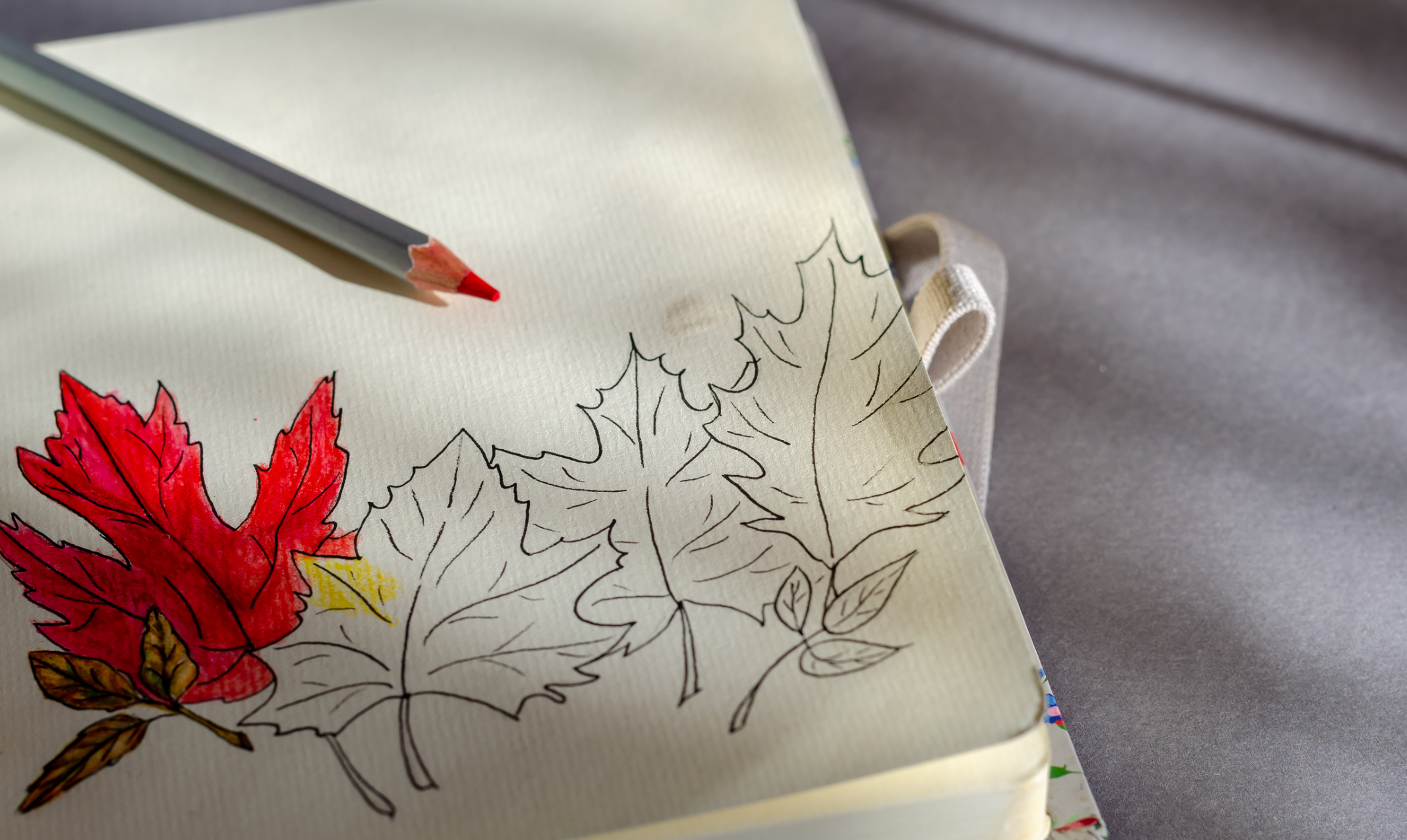
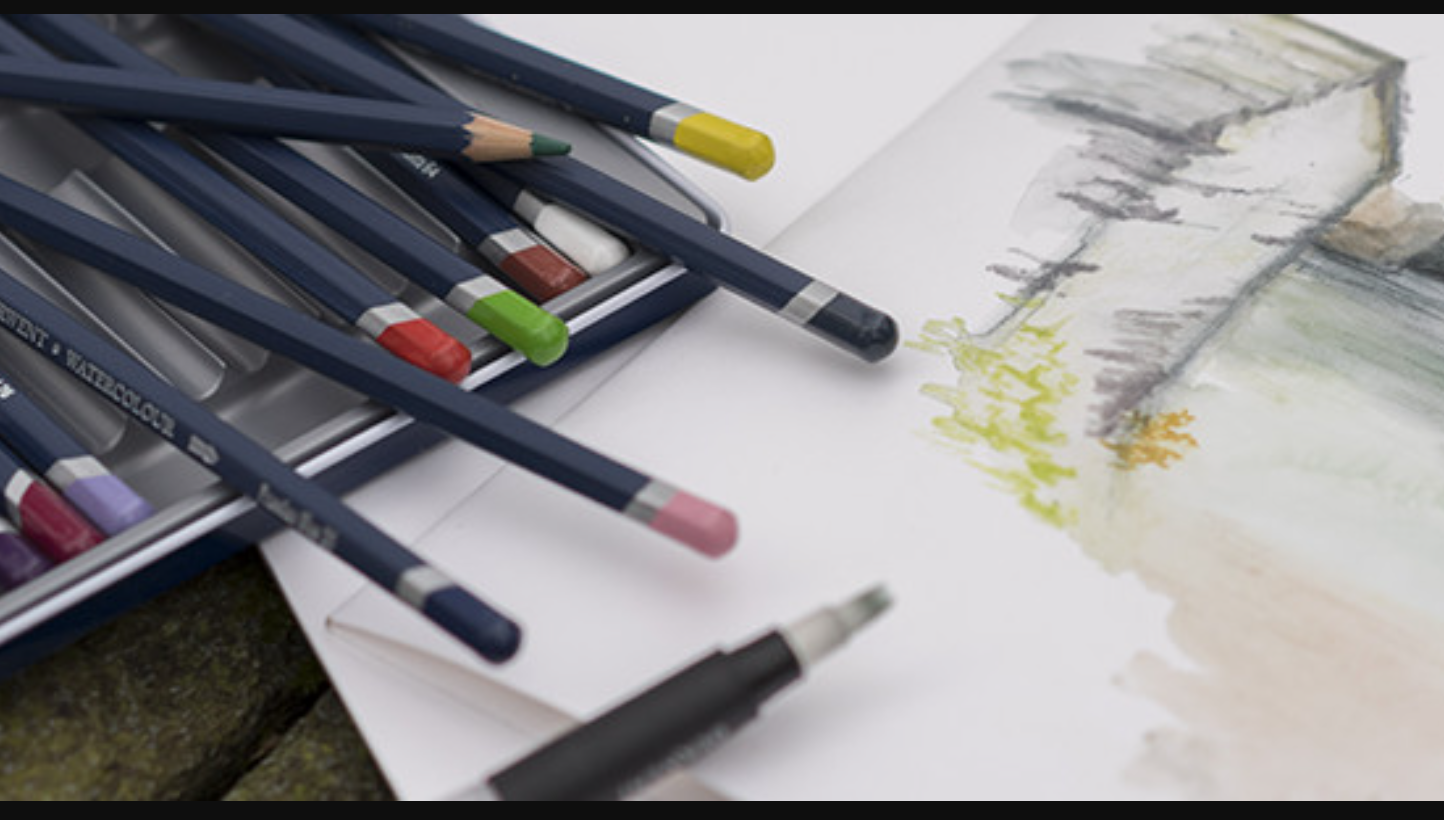

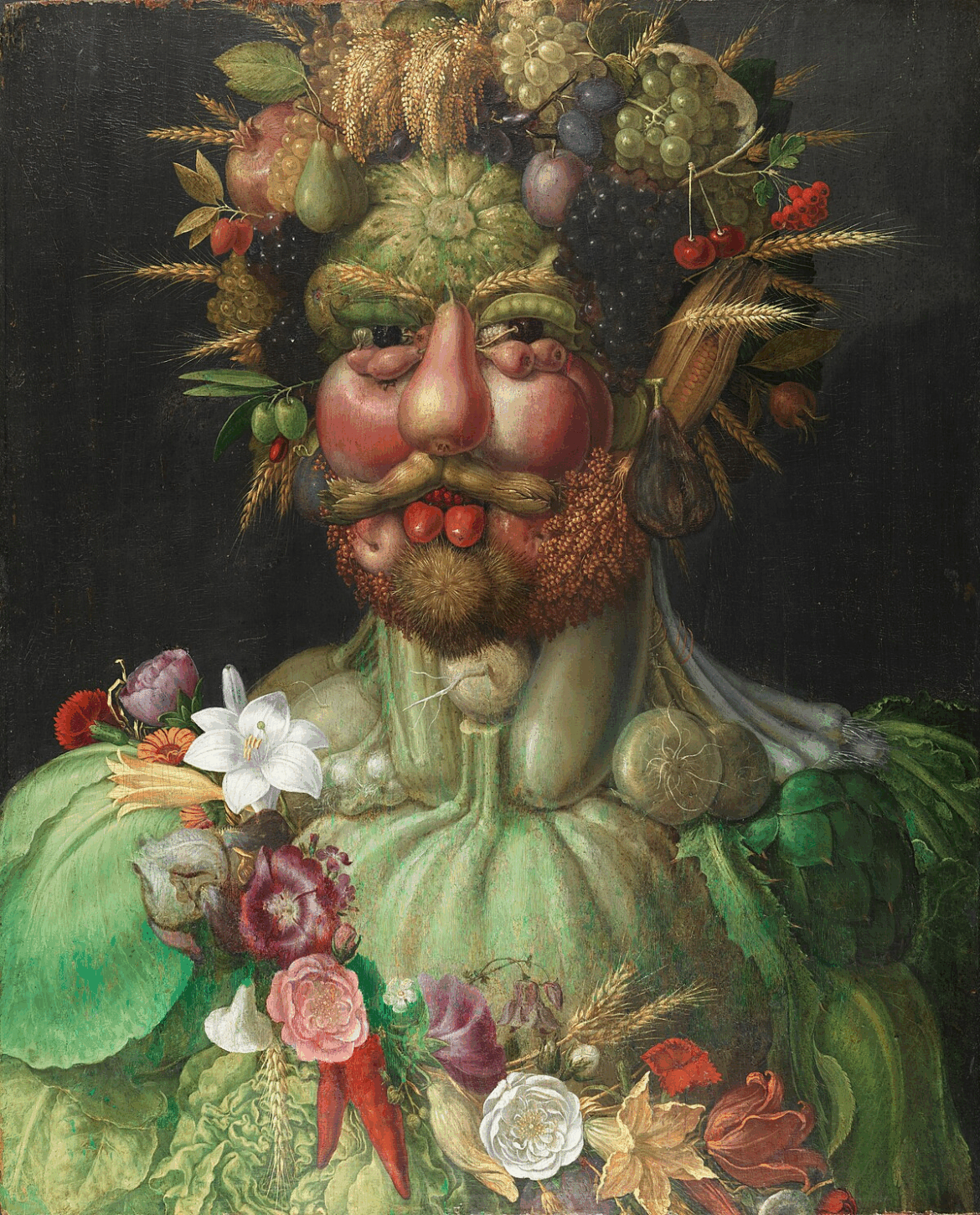
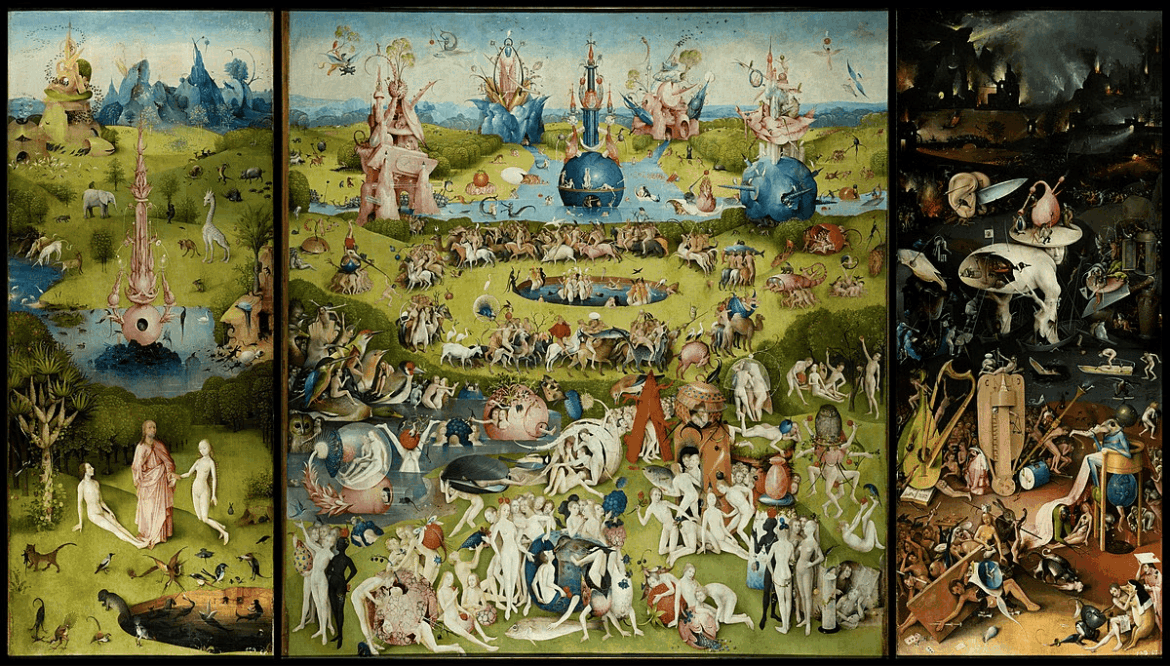
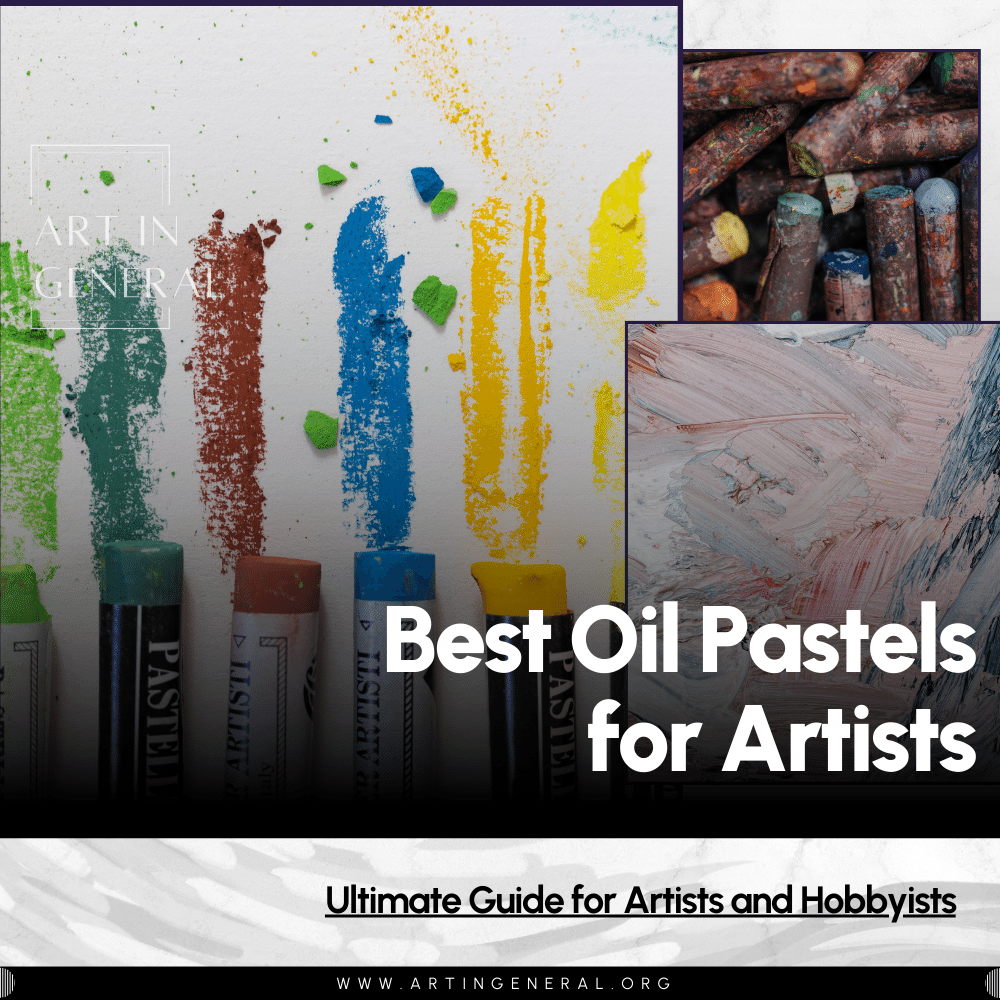
Leave a Reply